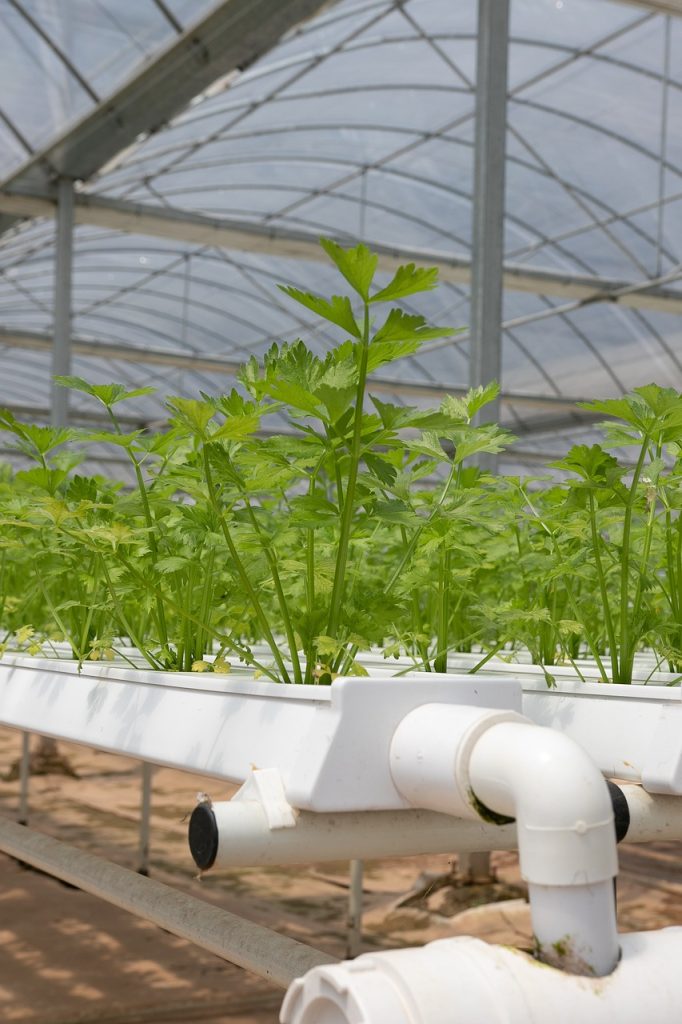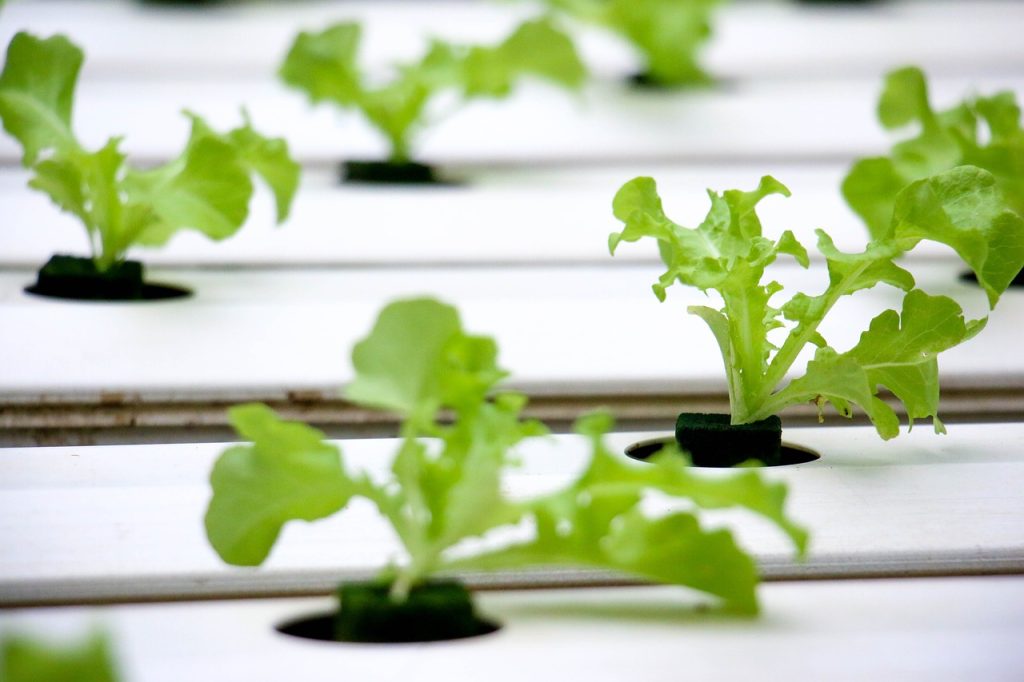
Are you considering diving into hydroponic gardening but unsure about how to select the right lighting system for your plants? This comprehensive guide will help you navigate the process of choosing the best hydroponic lighting to ensure your crops thrive and flourish. From understanding the different types of hydroponic lighting to determining the ideal light spectrum for your plants, this article will cover everything you need to know to make an informed decision. Let’s get started on your journey to successful hydroponic gardening!
Understanding the Importance of Hydroponic Lighting
When it comes to hydroponic gardening, the right lighting is crucial for the healthy growth and development of your plants. In a hydroponic system, plants rely entirely on artificial light sources to carry out photosynthesis since they are not exposed to natural sunlight. The type of lighting you choose will directly impact the growth rate, yield, and overall health of your plants. By selecting the appropriate hydroponic lighting, you can mimic the conditions of natural sunlight and create an optimal environment for your crops to thrive.
Benefits of Using Hydroponic Lighting
Hydroponic lighting offers several advantages over traditional lighting methods when it comes to indoor gardening. Some of the key benefits include:
- Improved plant growth: Hydroponic lighting provides plants with the specific light spectrum they need for photosynthesis, resulting in faster growth rates and increased yields.
- Energy efficiency: LED hydroponic lights are highly energy-efficient and can significantly reduce electricity costs compared to traditional lighting systems.
- Customizable light spectrum: With hydroponic lighting, you can adjust the light spectrum to cater to different stages of plant growth, promoting healthier and more robust plants.
- Compact design: Hydroponic lights are designed to be compact and space-saving, making them ideal for indoor growing environments with limited space.

Types of Hydroponic Lighting
There are several types of hydroponic lighting available on the market, each with its own set of advantages and considerations. Understanding the differences between these lighting options will help you make an informed decision based on your specific needs and growing conditions.
LED Grow Lights
LED (Light Emitting Diode) grow lights are a popular choice for hydroponic gardening due to their energy efficiency and customizable light spectrum. LED lights emit specific wavelengths of light that can be adjusted to suit different plant growth stages, making them versatile and effective for a wide range of crops.
High-Intensity Discharge (HID) Lights
HID lights, including Metal Halide (MH) and High-Pressure Sodium (HPS) bulbs, are another common option for hydroponic lighting. MH bulbs are ideal for vegetative growth, while HPS bulbs are better suited for flowering and fruiting stages. HID lights are known for their high light output and intensity, making them a popular choice for commercial growers.
Fluorescent Grow Lights
Fluorescent lights are affordable and easy to set up, making them a popular choice for beginners or smaller-scale hydroponic setups. While they may not be as powerful as LED or HID lights, fluorescent grow lights are suitable for growing herbs, leafy greens, or other low-light crops.
Induction Grow Lights
Induction grow lights are known for their longevity and energy efficiency, making them a sustainable choice for long-term hydroponic gardening. Although they may have a higher initial cost, induction lights can provide consistent light output over an extended period, reducing the need for frequent replacements.

Factors to Consider When Choosing Hydroponic Lighting
When selecting hydroponic lighting for your indoor garden, there are several factors you should take into consideration to ensure the best possible results for your plants. By evaluating these key criteria, you can choose the right lighting system that meets the specific needs of your crops and growing environment.
Light Intensity
The intensity of light emitted by your hydroponic lighting is crucial for ensuring proper photosynthesis and plant growth. Different plants require varying levels of light intensity depending on their species and growth stage. Be sure to select lights with adjustable intensity settings to provide your plants with the optimal amount of light they need to thrive.
Light Spectrum
The light spectrum emitted by your hydroponic lighting plays a significant role in plant development and growth. Different wavelengths of light affect various stages of plant growth, such as leaf development, flowering, and fruiting. Choose lights that offer a customizable spectrum or include specific wavelengths like blue, red, and white light to support different growth phases.
Energy Efficiency
Energy efficiency is an important factor to consider when choosing hydroponic lighting, especially for long-term use. LED lights are known for their high energy efficiency and lower electricity consumption, making them a cost-effective option for indoor growers looking to reduce their energy bills. Consider the energy efficiency rating of different lighting systems to determine the most sustainable and economical choice for your setup.
Heat Output
The heat generated by your hydroponic lighting can impact the temperature and humidity levels in your growing environment. Excessive heat can stress your plants and lead to issues like wilted leaves, stunted growth, or burnt foliage. Opt for lights with built-in cooling systems or heat sinks to dissipate heat and maintain a stable temperature within your grow space.
Coverage Area
The coverage area of your hydroponic lighting refers to the amount of space that the lights can effectively illuminate. Consider the size of your indoor garden or grow tent and choose lights that can provide adequate coverage for all your plants. Ensure that the light fixtures are positioned at an optimal height and angle to distribute light evenly across your crops and maximize photosynthetic efficiency.
Durability and Lifespan
Investing in high-quality hydroponic lighting with a long lifespan can save you money in the long run by reducing maintenance and replacement costs. Look for lights with durable construction, waterproof features, and reliable warranties to ensure that your lighting system can withstand the rigors of continuous use in a hydroponic environment. Regular maintenance and proper care can further extend the lifespan of your lights and maximize their performance over time.

Choosing the Right Hydroponic Lighting for Your Plants
Now that you have a better understanding of the key factors to consider when selecting hydroponic lighting, it’s time to choose the right lighting system for your plants. By following these steps, you can make an informed decision that meets the specific needs of your crops and growing environment:
-
Identify your lighting requirements: Determine the light intensity, spectrum, and coverage area needed to support the growth of your plants based on their species and growth stage. Consider the specific lighting needs of different crops to create an optimal growing environment.
-
Research different lighting options: Explore the various types of hydroponic lighting available on the market, such as LED, HID, fluorescent, and induction lights. Compare the features, benefits, and specifications of each lighting system to find the best fit for your indoor garden.
-
Set a budget: Establish a budget for purchasing hydroponic lighting that aligns with your financial constraints and long-term goals. Consider the initial cost, energy efficiency, and maintenance requirements of different lighting systems to determine the most cost-effective option for your setup.
-
Evaluate your growing environment: Assess the size, layout, and conditions of your indoor garden to determine the ideal placement and configuration of your hydroponic lighting fixtures. Consider factors like ventilation, temperature control, and humidity levels to optimize the growing conditions for your plants.
-
Seek expert advice: Consult with experienced hydroponic growers, horticulturists, or lighting specialists to gain valuable insights and recommendations on choosing the right lighting system for your plants. Take advantage of online forums, gardening communities, or professional resources to gather additional information and tips on hydroponic lighting.
-
Install and monitor your lighting system: Once you have selected and purchased your hydroponic lighting, carefully install and set up the fixtures in your indoor garden according to the manufacturer’s instructions. Monitor the light intensity, spectrum, and coverage area to ensure that your plants receive the optimal lighting conditions for healthy growth and development.
By following these steps and considering the key factors outlined in this guide, you can confidently select the right hydroponic lighting for your plants and create an ideal growing environment for successful indoor gardening. Remember to regularly evaluate and adjust your lighting system as needed to accommodate the changing needs of your plants and maximize their growth potential.

Conclusion
Choosing the right hydroponic lighting is essential for the success of your indoor garden and the overall health of your crops. By understanding the importance of hydroponic lighting, exploring the different types of lighting options, and considering key factors when selecting lighting systems, you can create an optimal growing environment for your plants to thrive. Whether you’re a beginner or experienced hydroponic gardener, this comprehensive guide will help you make informed decisions and ensure the best possible results for your indoor growing endeavors. Happy gardening!










